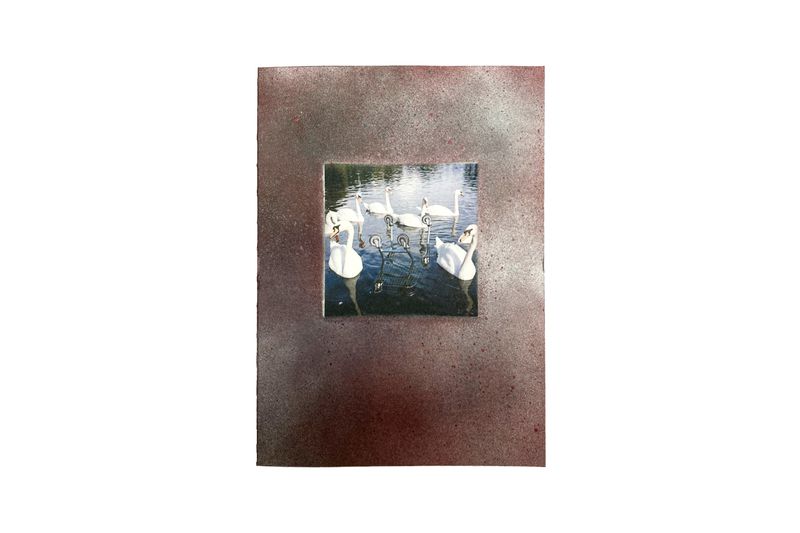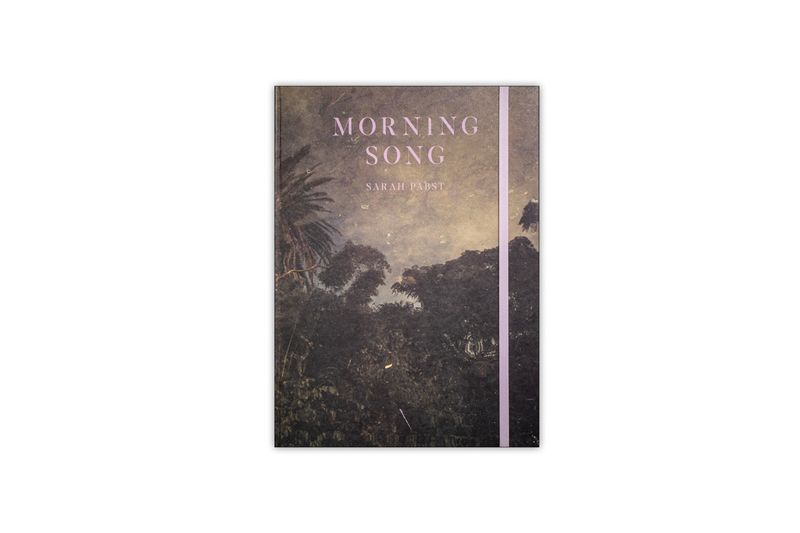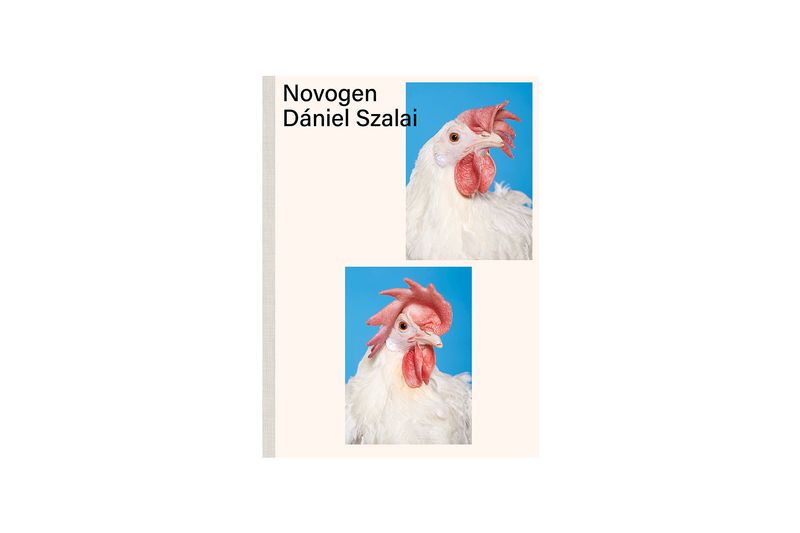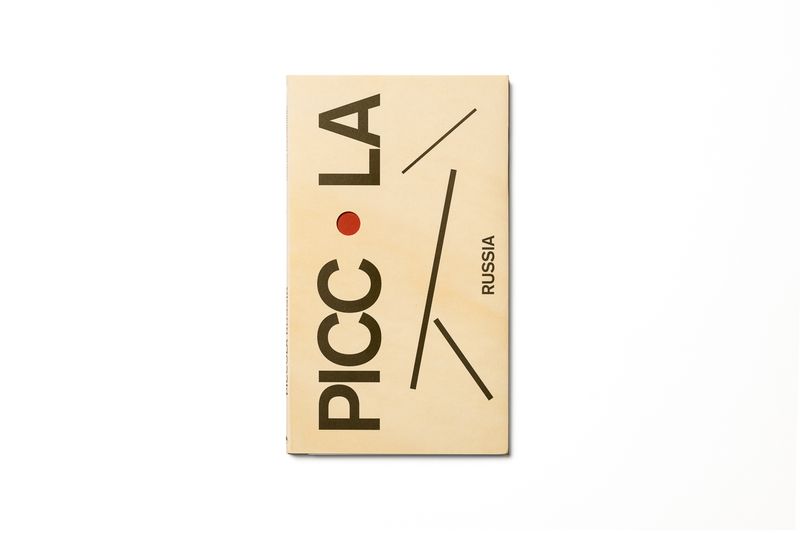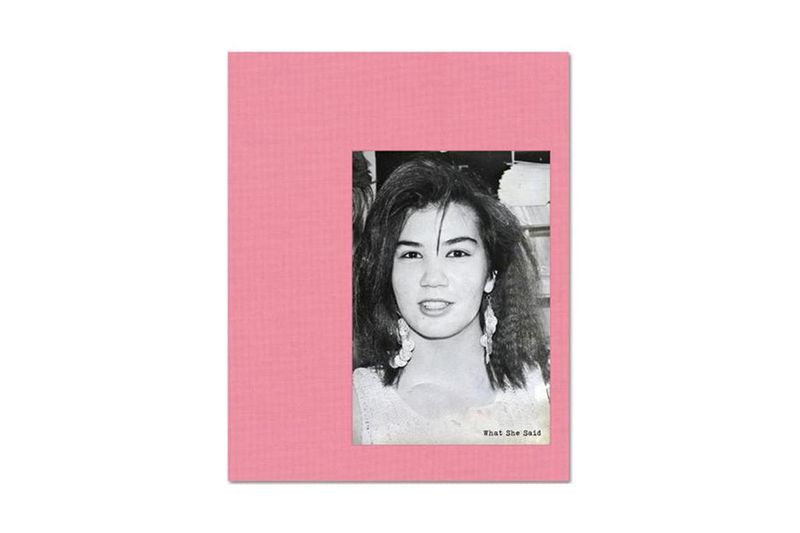PhMuseum’s Best Photobooks of 2021
-
Published16 Dec 2021
-
Author
England!? les anglais ont débarqué! by Robin Maddock | Published by fire/hole | Selected by Colin Pantall
Maddock's spray-painted book is a morass of the spectacle of Englishness. Enter and there is no answer, no escape, just an eternal loop where you are stuck between conflicting ideas of what it means to be English, all of which disappears in a puff of smoke on the slightest examination. Despite all that, it's kind of fun. As one of the snippets of text reads, "we are surrounded by images of people pretending to laugh". Perhaps in 2021, that is what it means to be English. Ha ha ha ha ha.
Face to Face by Seiichi Furuya & Christine Gössler | Published by Chose Commune | Selected by Laurence Cornet
From the moment he met her in 1978, Seiichi Furuya photographed his partner Christine Gössler. And this endured until her tragic suicide 7 years later. This new book by Furuya offers another exploration of his archive. This time, however, he juxtaposes his photographs with those that Christine shot of him, nearly systematically in the same situations. Showed side by side on each spread, these pairings covering their life together reveal the intensity of their intimacy by showing a range of truly shared experiences.
Instagrampier by Pierfrancesco Celada | Published by Muddyisland Books | Selected by Veronica Sanchis
The book is Pierfrancesco Celada’s project on a commercial pier in Hong Kong, which locals took over for their recreational enjoyment. Pierfrancesco captured a new quirky side of the Asian financial hub by documenting all sorts of different gatherings taking place at the pier: pictures taking of all sorts like weddings, fashion or selfies. All of these activities are set against the surprising backdrop of industrial fishing and loading docks, giving the Celada’s photographs a somewhat performative and humorous quality that makes the reader see the concrete jungle and its habitat in a completely new light.
I Made Them Run Away by Martina Zanin | Published by Skinner Boox | Selected by Lucia De Stefani
The cover of Martina Zanin's book, "I made them run away," shows a slash, the same that we find in other photos inside—signifying a person been ripped away from the frame, a "missing part," a man, absent, distant, vanished. All of Zanin's photographs encompass these current, universal themes: the heft of a relationship, deafening absence, the need of someone, the fear of not being enough, and also unmet expectations, codependency, individualism. Zanin talks about all these “slashes” that occurred throughout the years, and of the only relationship that, despite its limitations, remains whole—the relationship with her mother. A presence that wasn't enough to make the men stay. Zanin speaks about absence through images full of presence. Arms and hands that touch, with bitterness or affection. A little girl's finger reaches out to touch a man's Adam's apple, exploring the new and the other with a potent gesture of connection. Zanin incorporates archival photos and diary excerpts. The juxtaposition between the old and the new creates "parallel worlds," as Zanin said, that are interwoven. Clasping arms grasp and surrender, defining both strength and softness. Hands hide faces to erase presence with presence, a substitution that doesn't always reassure. Inquisitive eyes look back at us, and landscapes remind us of the concreteness but also impermanence of things; and that person whose presence we can lean on, is the person within, nobody other than us.
Morning Song by Sarah Pabst | Published by Raya Editor️ial | Selected by Veronica Sanchis
Photographer Sarah Pabst captures the intimate moments of her own maternity and miscarriage during lockdown in Argentina—a country that took strict measures by not letting people go outside for months, including children. Pabst documents her family’s vulnerability during the pandemic, and bravely shares her loss. Despite the despair, Pabst finds warmth and comfort in her subjects and in nature. The photos project comfort and give testimony of a subject about a topic that is largely still a taboo topic in Latin-America.
La Cattedrale by Riccardo Svelto | Published by Witty Books | Selected by Rocco Venezia
The first book by Riccardo Svelto is maturing from an apparently simple question: how can the loss of sight be told visually? Starting from a very personal story where his grandfather faced the loss of sight, the result is La Cattedrale (literally The Cathedral) a sophisticated narrative that calls into question the idea of gaze. The volume - which was finalised during Folio, PhMuseum Phootobok Masterclass - presents 3 sections. At first, Svelto brings us to an imaginary landscape where he meditates on how sight is not only the consequence of the activity of our physical eyes but, above all, it also includes the gaze of our mind through memory and experiences. In the middle part, we are presented with the angiographies from his grandfather. This scientific account of blood vessels in the back of the eyes confronts us directly with the fear of losing sight. In the final part, a new and darker panorama is set, built with images that inherited the previously encountered anxiety. It is in these conclusive pages, that we confront with the very first intention put by the author, as Svelto states, "existence is nothing more than a continuous encounter between us, the world and what goes beyond us".
Leaving And Waving by Deanna Dikeman | Published by Chose Commune | Selected by Lucia De Stefani
For almost three decades, American photographer Deanna Dikeman has photographed her parents in a tender moment of family interaction: bittersweet farewells captured in front of their home. Snapshots of them smiling and waving her goodbye as they send her off compose the book Leaving and Waving. By pointing her camera through the car window, she immortalises her smiling father and mother: They embrace, wave back, blow kisses, melancholic yet playful, and we imagine their whispered longings in the fresh memory of the last hour spent together, as they participate to the departure. Until the next reunion. The photos encapsulate a ritual that repeats through the years, fixing moments in time. But there is dynamism in the pictures; it's the story they tell. We get to know the parents, youthful smiles, a shyness peering at the camera, a glance of love and affectionate reprimand for the photographer behind it. The inevitable passage of time is marked by their figures getting older, cautious movements, a quad cane, as well as other elements: We peek at Dikeman's wedding ring, her toddler in the child seat, or years later, behind the wheel. Sometimes other relatives join in the iconic shot, now a tradition. In some snapshots, the parents come closer to the car or remain in the background under the porch, or their graceful silhouettes gleam in the garage's light as they find repair from the rain. At one point, only one person is being photographed, her mother, now a widow. Later is only an empty driveway. But each shot contains much more than what we see: an entire story conveyed through simple details, where what's matter is both offered and implied. The fulfilling love of hours spent together, under the same roof, and later apart. Every encounter is a new occasion of joy and rekindled memories. In these last farewells, before the car takes the road, the sum of all these feelings of connection and love for a life shared is forever preserved.
Novogen by Dániel Szalai | Published by The Eriskay Connection | Selected by Rocco Venezia
By focusing on the intensive farming of the Novogen White Light chickens, Dániel Szalai work offers a meditation on the interconnection between humans, technology, and nature. The book is built by juxtaposing a series of 168 portraits of chickens to the documentation of the behind scene of the environments and production. In these glossy images, we have the opportunity to discover unseen features of these feathered creatures, a particular breed that was conceived specifically to use its eggs in the production of several pharmaceutical derivatives such as medicines and vaccines. After a meticulous casting, Szalai photographs his subjects as if they were individuals. As a result, those conceptualised chickens portraitures open up for an ultimate reflection on the late-capitalist concepts of workforce and interdependence to the lifestyle we have built for ourselves.
Piccola Russia by Andrea Alessandrini | Published by Witty Books | Selected by Giuseppe Oliverio
Andrea Alessandrini's Piccola Russia portrays the area of Valle Aurelia in Rome. A modern documentary visual strategy mixing performance and everyday life is associated with a text that tells the story of the neighbourhood page after page. The result is an effective narrative that shows the transformation of a working-class district where the images show the scars left by years of radical changes and the words put things in perspective, explaining what happened since "the water receded and left the clay behind". A complex social story as hard as the people, buildings, and lights that characterize the book and stand as testimony of the recent political choices that influenced the lives of many. Including that of the author who lived them in the first person and reminds us of the importance of understanding, documenting, and remembering.
Reaching for Dawn by Elliott Verdier | Published by Dunes Editions | Selected by Laurence Cornet
For two years, Elliott Verdier worked on the creation of a memorial of the civil war in Liberia to compensate for the silence surrounding this conflict, which is still traumatic, nearly 20 years later. For that, he used colour and black and white – the colour for the people, be them victims, executioners or youth suffering the echo of the war; the black and white for the contextualizing landscapes, dark as the memories they enclose.
Unprofessional by Matilde Søes Rasmussen | Published by Disko Bay | Selected by Colin Pantall
The unreliable narration of being a model in Asia. "Why do I do this?" she continually asks both herself and the reader? "…because you pay me three hundred bucks" is her answer. Which is probably about right. But might not be.
What She Said by Deanna Templeton | Published by Mack Books | Selected by Giuseppe Oliverio
--------------
To be considered for this and other editorial initiatives related to photobook, feel free to get in touch with us at info@phmuseum.com
--------------
Colin Pantall is a photographer, writer and lecturer based in Bath, England. His latest book, All Quiet on the Home Front, focuses on family, fatherhood and the landscape. Follow him on Twitter and Instagram.
Laurence Cornet is a writer and curator based in Paris focusing on cultural and environmental issues. She is also the editorial director of Dysturb.
Lucia De Stefani is a writer and editor focusing on photography, illustration, and everything teens. She lives in New York. Find her on Twitter and Instagram.
Verónica Sanchis Bencomo is a Venezuelan photographer and curator based in Hong Kong. In 2014, she founded Foto Féminas, a platform that promotes the works of female Latin American and Caribbean photographers. Follow her on Twitter and Instagram.
Giuseppe Oliverio is an Italian entrepreneur and filmmaker who founded PHmuseum in 2012. Follow him on PhMuseum and Instagram.
Rocco Venezia is an Italian visual artist. His first book Nekyia, has been published in 2017 and is part of the collection of The National Art Library - V&A Museum. Next to his personal projects he is curator for PhMuseum. Follow him on PhMuseum and Instagram.



